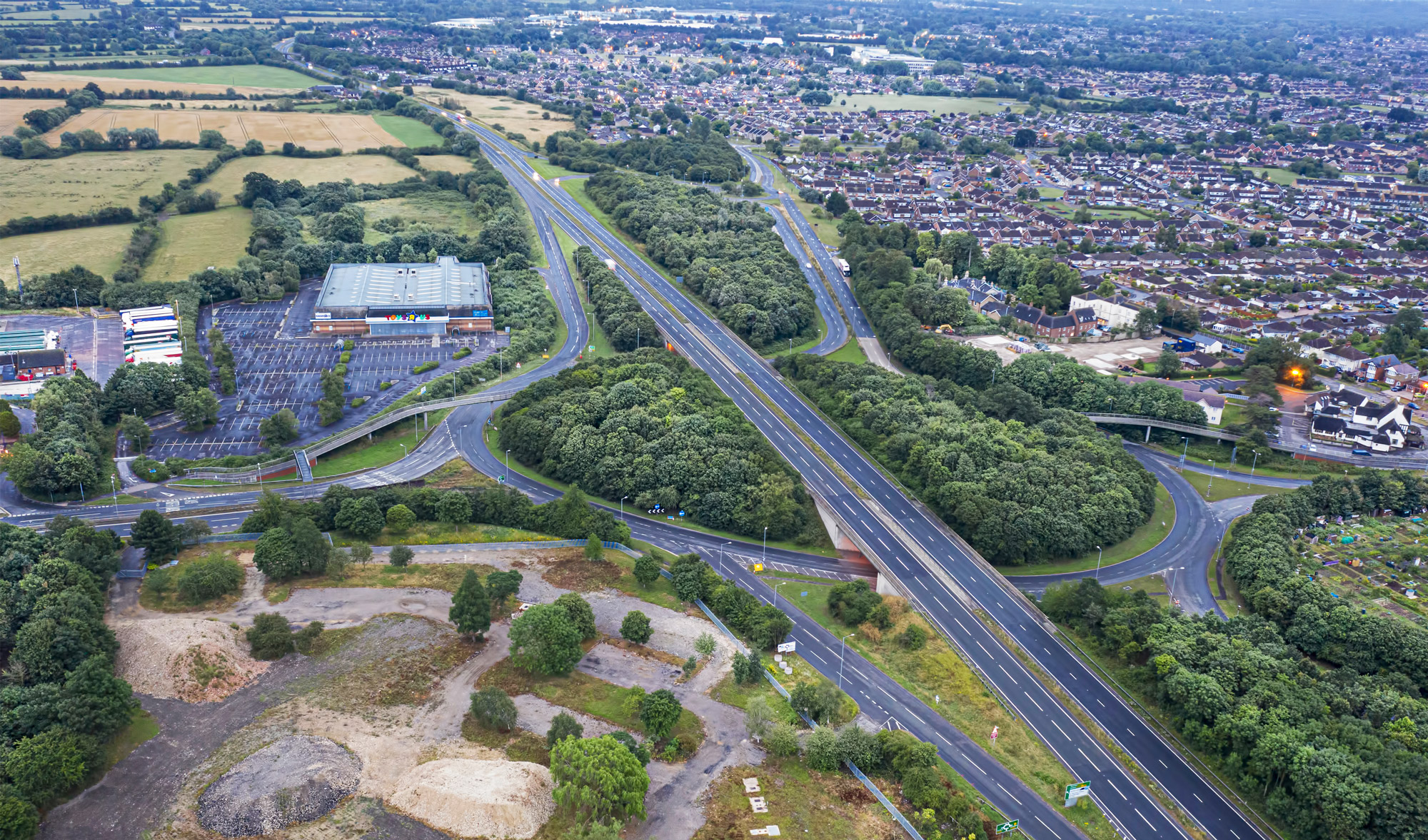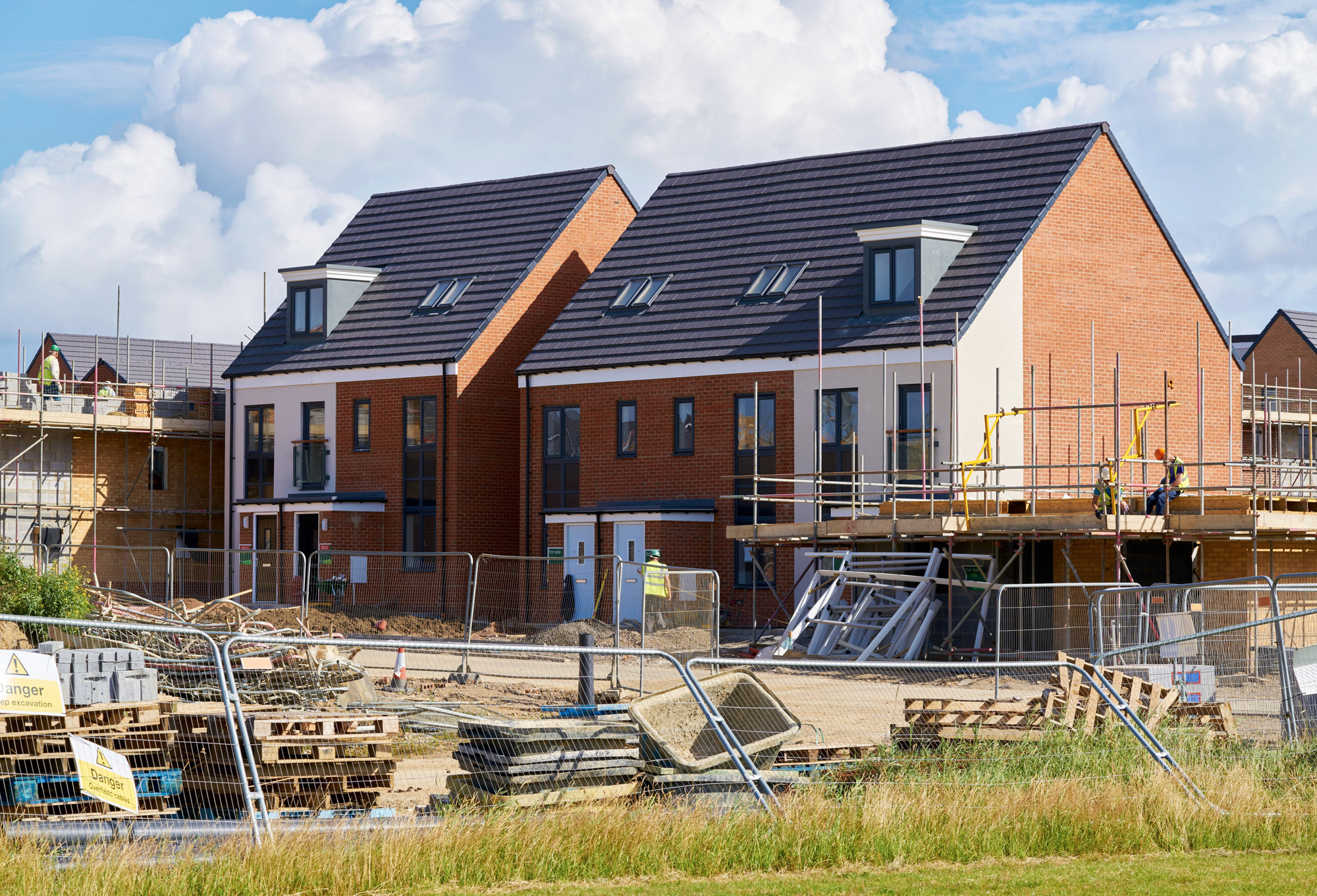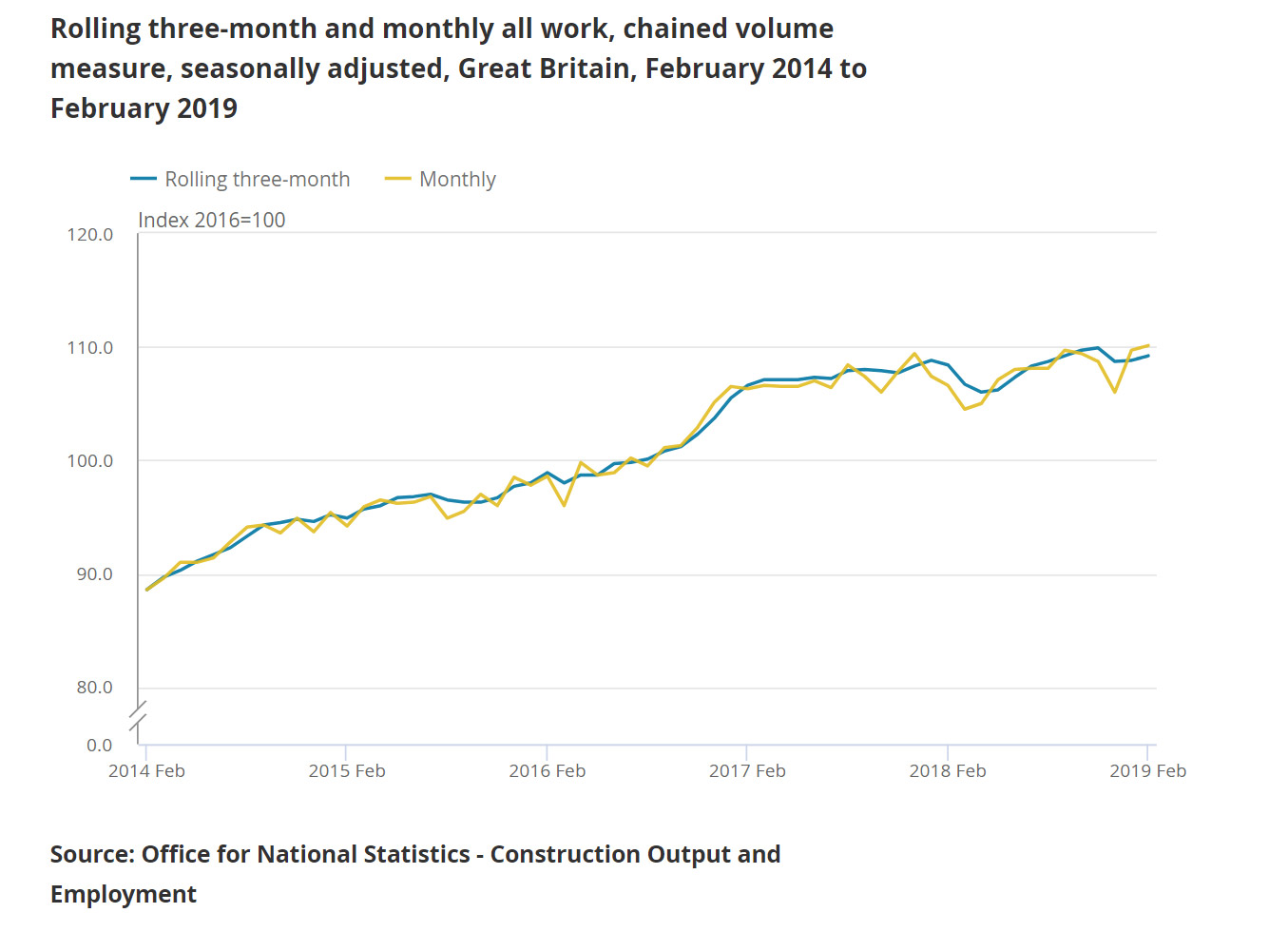UK’s High Streets
15/01/2020
The news that the UK’s High Streets have been in decline for some time now is not new. The Centre for Retail Research reported that there are around 50,000 fewer retail units on the High Streets than there was just a decade ago. The issue isn’t how to save the High Street in its current form but how to reinvent it.
With High Streets being predominately retail focused and the decline of these physical retail places on the High Streets the UK needs take elements of an older model when these areas weren’t solely built around this sector. The High Streets are at the heart of the community where the people of the area are able to come together and utilise the space. Even with the UKs housing crisis it makes no sense economically to ear make what is usually the most expensive land in the centre of Towns/Cities for housing alone.
Local Councils need to adapt and understand what the High Streets function is today and how to entice people back to these areas with worthwhile experiences. Planning Policy needs to be less ridged and more flexible in its approach allowing well planned developments to come forward in order to breathe life back into these areas with more capable strategic decision makers in place.
The Government are proactively tackling the UKs issue of Town Centre regeneration and announced last year the High Streets Task Force, a forward-thinking group of experts appointed to provide guidance and advice to local authorities. With the correct individuals leading this and working in collaboration with the private sector the UKs Town Centres will see new uses and new life.
Image:Shutterstock
Discover More










